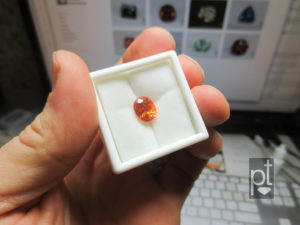Gem boxes come in various size and shapes — round (“gem jars”), rectangular, and square, each intended to both protect and display a loose gemstone. Most gem boxes are made of plastic; some have glass tops. They’re great for storage as well as shipping. All of this is common knowledge to anyone who has been in the colored gemstone world for a while.
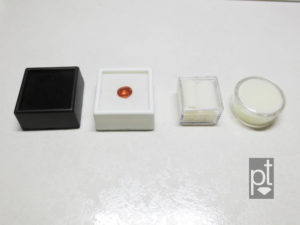
Generally, I prefer the glass topped gem boxes because they do not scratch or discolor as quickly. But I remember when I first encountered the glass-topped variety. It took me a few minutes to figure out that the little notches on the bottom of the box were intended for the butt-end of a pair of tweezers. A quick twist on one or two sides of the box and the lid comes off.
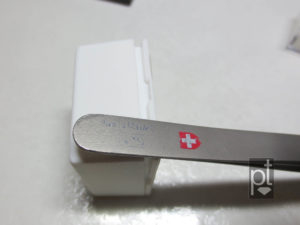
I’m still a little embarrassed that it wasn’t obvious to me what those notches were for, though I was newbie at the time. But what constantly amazes me is the number of experienced collectors and dealers who use these boxes daily and don’t know how to use the boxes properly… and it has nothing to do with those little notches!
Gem boxes work by using the see-through top to press the stone into a soft pad. Simple enough. But this only works if the table of the stone is flat against the top of the box. If the stone is not placed in the box properly, pressure from the lid can chip the stone. In fact, soft gemstones, especially those with easy cleavage like fluorite, can be irreparably damaged by excess pressure on a girdle edge or facet junction. There is nothing more frustrating than a stone being damaged by the holder that was supposed to protect it.
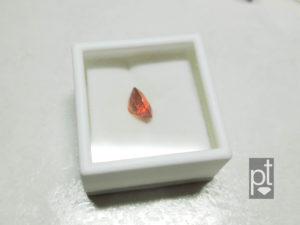
The proper way to put a stone into a gem box is to place the stone table-down on to the lid, not on to the pad. This advice may sound counter-intuitive since some gem boxes have pads which are divided to accommodate the stone’s pavilion. But by placing the table of the stone on the lid ensures that table of the stone is completely flat on the lid; there is now no chance of the stone being cocked to one side when the box is assembled. 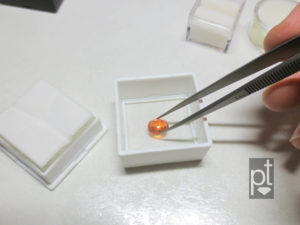
I suggest using tweezers to place the stone on the box lid. This way, you’ll keep the stone and the see-through cover free of finger oils. Just be careful not to drop the stone onto the glass.
As a side benefit, placing the gemstone onto the lid makes it much easier to center the stone in the holder. This is especially important when you are displaying multiple smaller stones in a single box.
